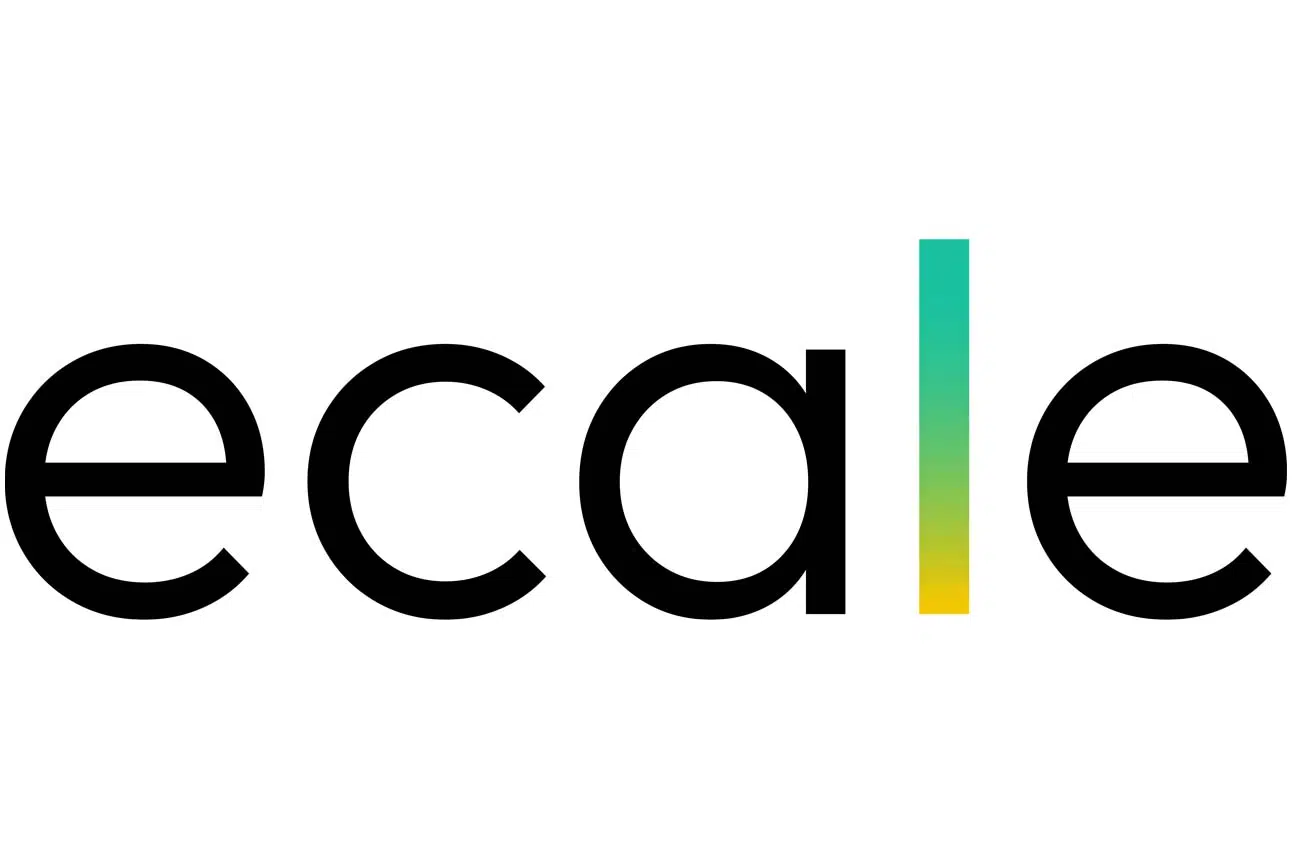Arcora launches ecale, a 3D parametric configurator allowing the assessment of the carbon weight of a standard façade grid to guide design.
Driven by the desire to offer a simple tool accessible to as many as possible, the Arcora team developed ecale, the fruit of several years of research through Arcora’s Lab, its R&D unit. This initiative was also strongly supported by the IN3 intrapreneurship program of the Ingérop Group. Starting from the construction method, ecale allows users to configure the façade according to the type of glazing, opaque infills, definition of joinery, solar shading, etc. The sum of contributions from these elements is aggregated using a simplified dynamic calculation integrating the renewal of different components to visualize, in real-time, the impact of a standard façade grid over 50 years.
Ecale synthesizes the multitude of data for the façade/envelope package, thanks to a database regularly fed with information from the INIES database (the national reference database for environmental and health data on construction products and equipment), supplemented by European databases (Okobaudat, European Aluminium Association, etc.), thus allowing for a finer assessment of design solutions through simulations. Construction processes, external cladding materials, insulation types, or even glazing are taken into account to assess the building’s carbon impact as accurately as possible.
“We developed ecale to describe our works in detail because we lacked precision, with data that was too generic and not specific to the project. We are also launching a call to manufacturers and suppliers to build an exhaustive environmental database for the most accurate assessment possible,” explains Aymeric de La Bachelerie, Project Manager at Arcora. “We believe that the carbon indicator is destined to become a new key parameter in the design of our façades, just like thermal performance, project economy, or durability,” he adds.
“We have the ambition to contribute to reducing carbon impact at our scale. In 2018, Arcora published the ‘Virtuous Façade’ design guide and launched EPEE (Environmental Performance Evaluation of the Envelope). With ecale, we have taken a new turn to accelerate transformation, as the coming years will be decisive for the environment. We must modify our practices in project design,” explains Arnaud Clavreul, Project Manager at Arcora. The Arcora team now uses ecale daily to obtain orders of magnitude and conduct sensitivity studies.
This tool to aid decarbonized design is made available to the profession to stimulate and mobilize the sector on the subject. Indeed, the façade represents nearly a quarter of a tertiary building’s impact. On about twenty projects observed, Arcora noted that the carbon impact of a façade varies from approximately 100 to 500 kg of CO2 equivalent per m² of façade. This range is explained notably by the richness of morphologies and construction techniques. “We hope that ecale will facilitate low-carbon designs thanks to its playful and educational use. The appointment with climate action will be successful if the RE2020 is not seen as a suffered and barely understandable constraint. It is important that all actors in a project are able to understand the ins and outs of the choices leading to a building’s design,” concludes Maria Carbonell, Project Manager at Arcora.
